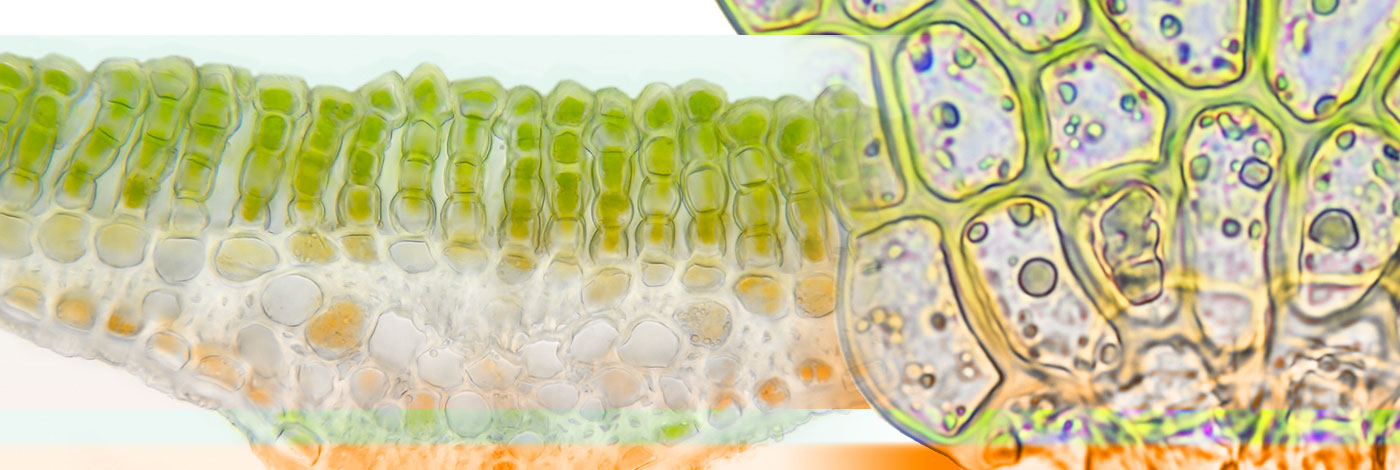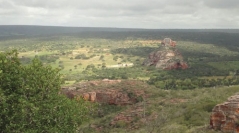

 Cryptogamie, Bryologie
40 (17) - Pages 219-231
Cryptogamie, Bryologie
40 (17) - Pages 219-231Elevational gradients can serve as powerful tools for testing ecological relationships between species richness versus environmental variables. Although the patterns be usually from positive to humped-shaped, elevational gradients may run in a negative way with the species richness decreasing in relation to the altitude. The floristic gradient may vary according species biology, site and, scale for analyses. Therefore, elevational gradient can be useful for detecting points for biological conservation and may be analized by using sensitive species as approach for others species including banner-species. Along an elevational gradient in a harsh semiarid environment we are showing a negative relationship between bryophyte species richness and increasing elevation. The observed floristic gradient reflects environmental constraints related to light requirements and low humidity as environmental conditions become more severe at higher altitudes, where anthropogenic activities such as farming dramatically alter the vegetation covering. The diversity of bryophytes in terms of their light requirements makes them excellent bioindicators of environmental quality. We provide data that will be useful for conservation planning and management, and report species with rare distributions in Brazil and others not yet recorded as occurring in dry forests.
Plant distribution, elevation, functional traits, gradient, Caatinga.